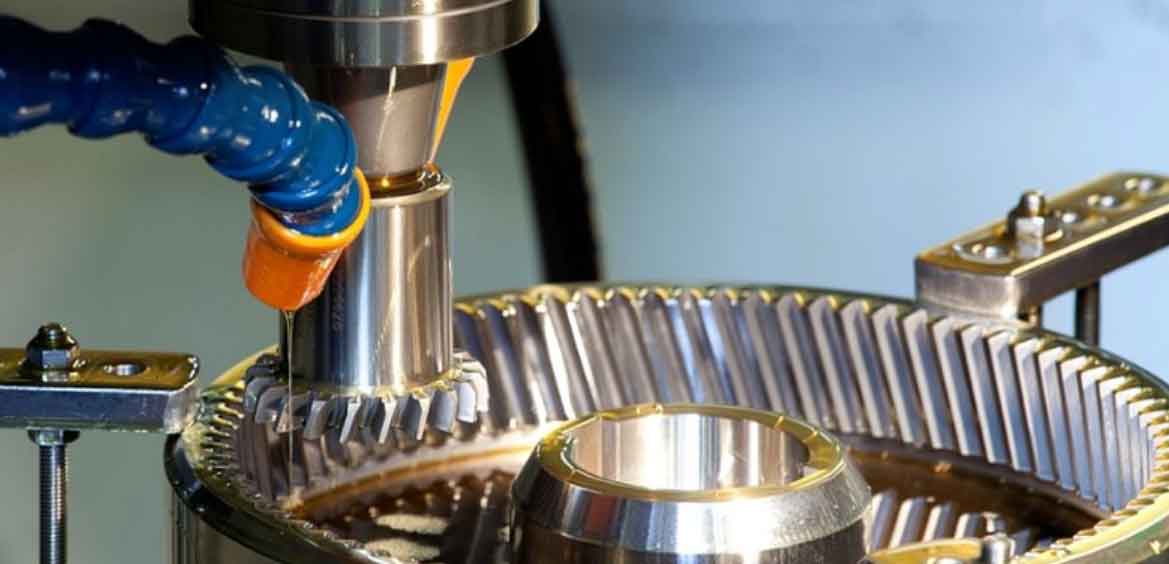
Gear shaping is a highly reliable and effective method for producing durable gears that can be utilized in various applications. Here’s how gear shaping ensures the reliability and durability of gears:
- Precision Tooth Profiles: Gear shaping machines are capable of generating precise tooth profiles with tight tolerances. The shaping process removes material from the gear blank in a controlled manner, resulting in accurate gear teeth that mesh smoothly with other gears. This precise tooth profile ensures consistent and reliable gear engagement, minimizing the risk of tooth breakage, noise, and vibration.
- Superior Surface Finish: Gear shaping produces gears with excellent surface finish on the tooth flanks. This smooth surface finish reduces friction and wear during gear operation, enhancing gear durability. The controlled cutting action of the shaping process results in minimal tool marks and burrs, ensuring optimal contact between gear teeth and reducing the risk of surface damage.
- Enhanced Strength and Load Capacity: Gear shaping allows for the production of gears with optimized tooth profiles and robust tooth geometry. By carefully designing the gear tooth profile, including factors such as addendum, dedendum, and tooth thickness, gears can be tailored to handle specific loads and torque requirements. The resulting gears have improved strength and load-carrying capacity, enabling them to withstand demanding operating conditions.
- Consistent Gear Quality: Gear shaping machines can achieve high repeatability and consistency in gear production. Once the machine is properly set up and calibrated, it can consistently reproduce gears with the same specifications and quality. This consistency ensures that each gear produced through gear shaping meets the required performance standards, providing reliability and uniformity across gear sets.
- Compatibility with Various Materials: Gear shaping can be applied to a wide range of materials, including ferrous and non-ferrous metals. This versatility allows manufacturers to select materials that are suitable for specific applications, considering factors such as strength, wear resistance, and environmental conditions. By choosing the appropriate material, gears can be optimized for durability and reliability in their intended operating environment.
- Design Flexibility: Gear shaping enables the production of gears with various designs and configurations. It can accommodate different gear types, such as spur gears, helical gears, and internal gears, allowing for versatility in gear applications. Custom modifications, such as tooth chamfers, tip and root relief, and specific tooth profiles, can also be incorporated to enhance gear performance and durability for specific applications.
- Quality Control Measures: Gear shaping processes often incorporate quality control measures to ensure the reliability of the produced gears. These measures may include in-process inspections, dimensional checks, and surface finish evaluations. By implementing stringent quality control protocols, manufacturers can identify and rectify any deviations or defects during the gear production process, ensuring consistent gear quality and reliability.
- Application-Specific Optimization: Gear shaping can be optimized to meet the specific requirements of various applications. By considering factors such as load distribution, contact ratios, lubrication, and operating conditions, gear shaping can produce gears that are tailored for optimal performance and durability in specific industries, such as automotive, aerospace, industrial machinery, and more.
Gear shaping is a proven method for achieving reliable and durable gears for various applications. Its ability to produce precise tooth profiles, superior surface finish, and optimized designs ensures that gears can withstand the demands of their intended use. By leveraging the advantages of gear shaping, manufacturers can deliver high-quality gears that offer long-lasting performance and reliability in diverse industries.
